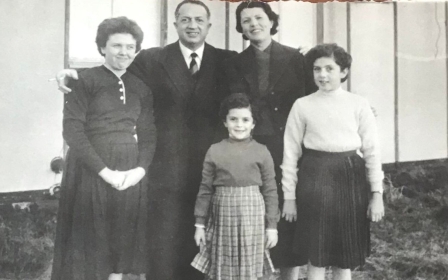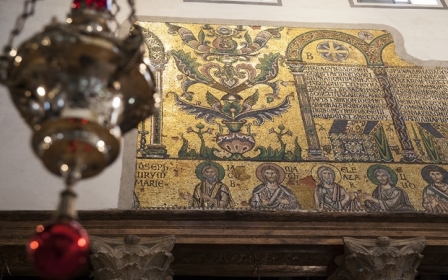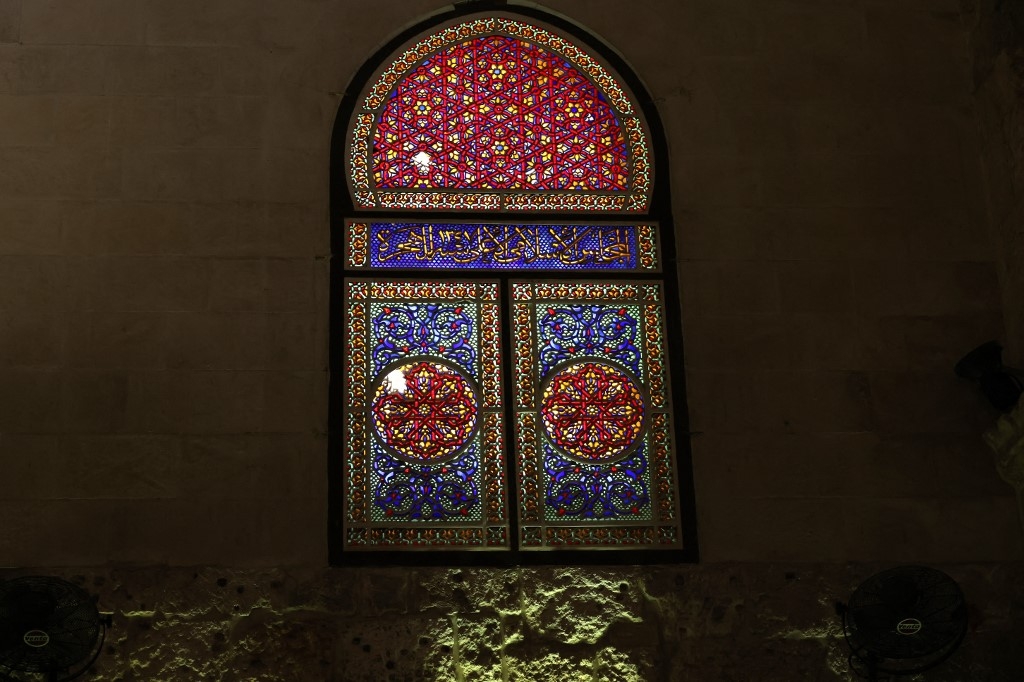
In pictures: The iconic stained glass windows of al-Aqsa Mosque
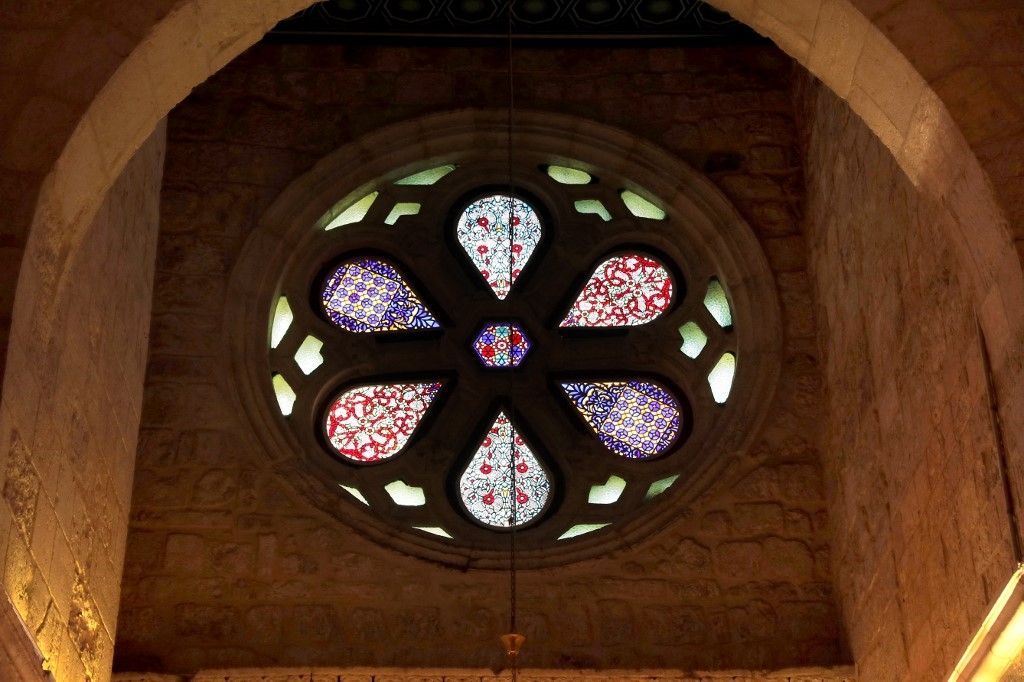
Considered the third-holiest site in Islam, Jerusalem's al-Aqsa Mosque is also a symbol of Palestinian nationhood and carries a history dating back more than 1,300 years. On sunny days, visitors to the mosque will notice its walls and carpets bathed in colourful shadows stemming from its stained glass windows. The windows are all handcrafted and made according to traditions passed down over generations. (AFP)
The Dome of the Rock alone has 100 windows, made from gypsum and featuring classic Islamic geometrical designs. Some are also decorated with verses from the Quran, Islam's holy scripture. (Reuters)
Each window takes up to a year to design and produce, first appearing on paper. The first stage of production involves the construction of a wooden frame to hold the glass. Liquid plaster is then poured into the frame and left to dry. The window is then placed onto an iron mount and an imprint of the design is made on the surface, using a needle and lead fillings, before being placed into the cast. The process of making the windows is extremely time consuming and fragile, with the carving work needing a steady and precise hand. (Reuters)
Here, a Palestinian craftsman restores stained glass windows from al-Aqsa, which authorities say were damaged when Israeli forces stormed the site in May 2021. Many of the windows were damaged by rubber-coated steel bullets fired within the mosque and stun grenades thrown in from outside. (Reuters)
The restoration of the windows at al-Aqsa is organised by special committee, which was established in 1956 with help from the Egyptian authorities. Today, the windows are crafted and restored by the technicians on the site, in a small building beside the Dome of the Rock, using traditional methods without the use of electronic devices. (Reuters)
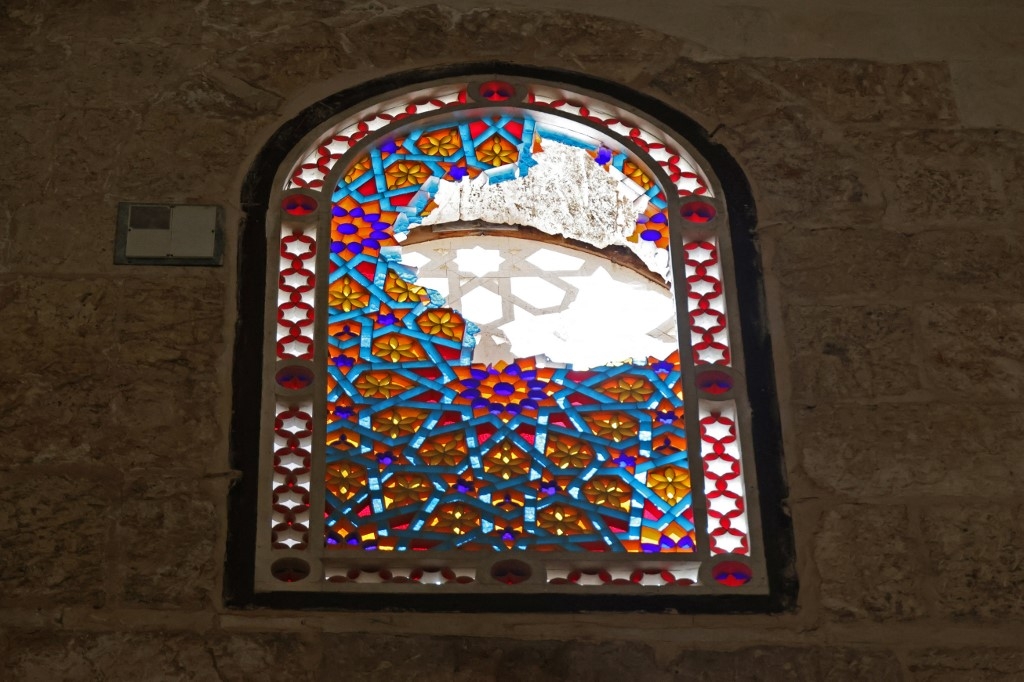
This image shows a window damaged by Israeli forces during a storming of al-Aqsa Mosque in May 2021. Different types of windows at the mosque include qamariyyahs (skylights) and shamsiyyahs, which are decorative. The windows often feature floral motifs along with geometric designs. Colourways, or colour combinations, for the windows are carefully selected, some of them having symbolic value. (AFP)
This article is available in French on Middle East Eye French edition.
Middle East Eye propose une couverture et une analyse indépendantes et incomparables du Moyen-Orient, de l’Afrique du Nord et d’autres régions du monde. Pour en savoir plus sur la reprise de ce contenu et les frais qui s’appliquent, veuillez remplir ce formulaire [en anglais]. Pour en savoir plus sur MEE, cliquez ici [en anglais].


